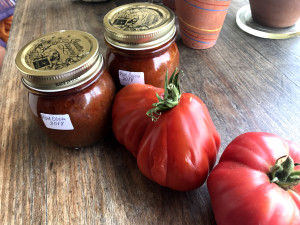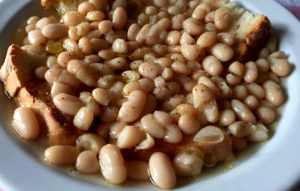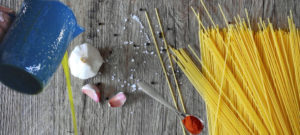Articolo disponibile anche in: Italian
62 years after Florence and Reims signed a “twin city” pact, the tie between the two is being reinforced with the addition of another union.
The linking of two wines produced in territories bordering the cities, Chianti Classico and Champagne, is strengthening their relationship.
Two years ago, the mayor of Florence, Dario Nardella, and his French colleague, Arnaud Robinet, had already signed the renewal of the promise desired by the mayor of Florence in 1954, Giorgio La Pira.
“This is an historic twinning”, said mayor Nardella for the occasion, “which allowed two cities to establish a relationship of friendship in a spirit of fraternity and solidarity. The relationships between the institutions were translated into a collaboration between our communities and our cultural associations. In culture, in learning, and in the economy, we will create exchanges to strengthen and make this tie stronger”.
During these years the collaboration between the two cities has always been active and has promoted exchanges and initiatives in cultural, economic, educational and sports environments.
Our ”gemellaggio” (becoming twin cities) with Reims was the first of its kind, symbol of a vision and opening up towards the world: since our pact in 1954, the grand season of international relationships that Mayor La Pira desired was born.
The signing of the agreement of collaboration between Chianti Classico and Champagne is another important step in developing the spirit of collaboration between the two cities and the two nations as well.

“I would like to thank the Mayors of the cities of Firenze and Reims, Dario Nardella and Arnaud Robinet and the two Presidents of the Comité Champagne, Maxime Toubart and Jean-Marie Barillère for this collaboration” declared Sergio Zingarelli, president of Consorzio Vino Chianti Classico.
“Our collaboration”, continues Zingarelli, “already saw us together last September 24 for the celebration of the 300 years of Chianti Classico. Today, with the signing of the agreement, we are giving life to a pact which foresees the sharing of our experiences in the management of our respective governances, in legal protection for the two denominations produced in extra-European union countries, in the politics of tourist development and in the development of the cultural heritage of our appellations”.
“Both of us,” he concludes, “have hundreds of years of traditions protected and grown through genius and art. We represent two countries which every day tell the story of beauty and the extraordinary capacity of developing our own natural patrimony; our signatures reinforce the collaboration between two diverse realities which are based on common values”.





